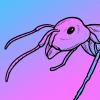Is the top picture of the blue sponge the top of the nest?
One concern may be if you are adding mineralized water—that is, anything other than distilled, ionized, or RO water.
Even bottled water usually contains natural or added minerals "for flavor." These minerals are left behind as the water evaporates and is replaced by more water, eventually forming blockages in the fine network of the sponge, similar to a cross between fibrosis and renal calculus.
I sometimes see dried larvae, and I believe there to be several possible causes, the most likely of which are:
1) Sunlight, or, in particular, UV. Soft-bodied larvae lack any pigmentation for absorbing UV and converting it to heat energy. Larvae will yellow quickly if exposed to UV.
2) More likely, cool, dry air. Soft-bodied larvae have little protection from drying out in low RH (relative humidity) environments.
While I can't speak for the AC nest you own, I can say that "acrylic nests" in general, that is, any nest made with multiple layers of fabricated plastic, and lacking a sealant between the layers, are generally prone to drying out because they are so well-ventilated. Tiny air molecules bombarding the outside are able to penetrate the infinitesimally small gaps between the layers of plastic, and cause the RH inside the nest to be closer to the room's RH.
If you take a look at the nest, you will see some particles of old food and debris between the front and back panels, and the floor panels of each row of chambers. While the majority of these particles are too big to fit down the gap, some are small enough so as to drop some ways down. Air particles are far smaller, and thus have more liberty to flow from one chamber to another, outside to in, and from inside to out.
The fact that these ants basically put their larvae as close as they can to the sponge, further reinforces the fact that this nest may have a critical humidity control issue with the overarching design.
Another reinforcement would be the fact that you have said your ants have been drinking much more than usual. Ants are mostly water, and producing new ants is very water-intensive. If access to a potable water source (also food of sufficient nutrition) is scarce or difficult, ants may choose to sacrifice larvae and assimilate the nutrients back into the nest, recycling them for a time in the future when food and water are more plentiful.

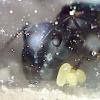

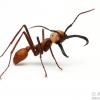
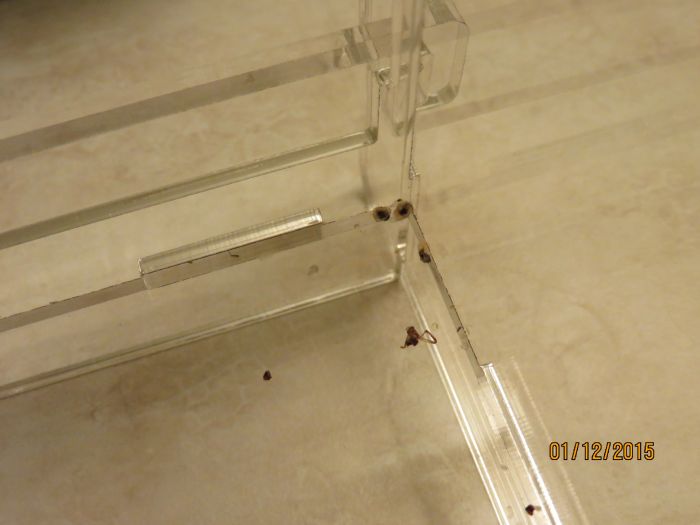
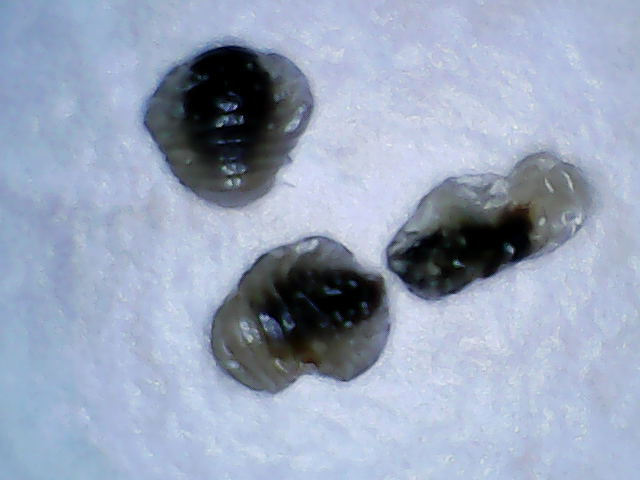


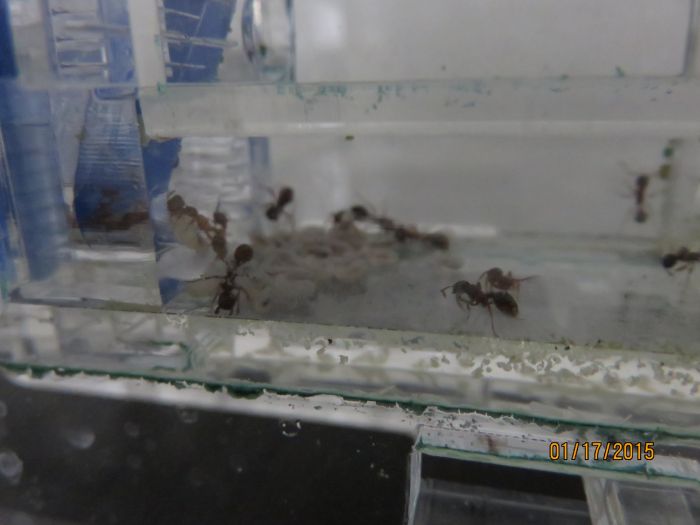

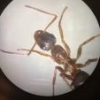


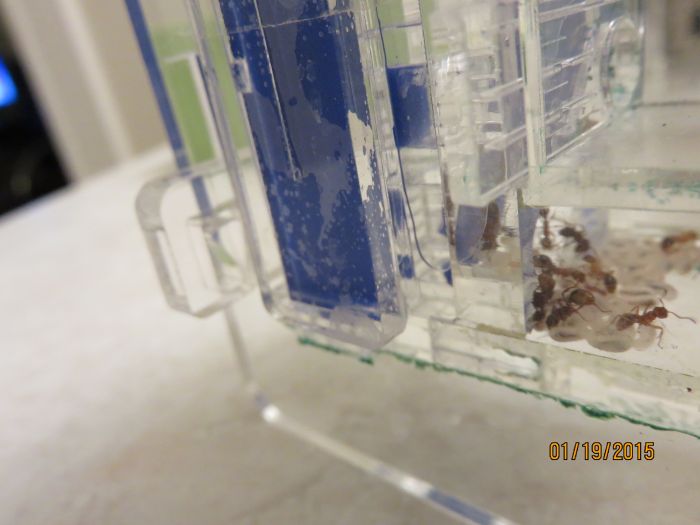




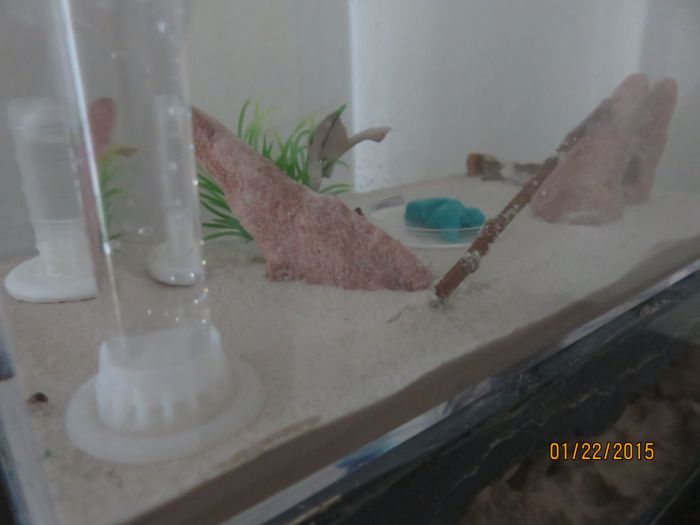

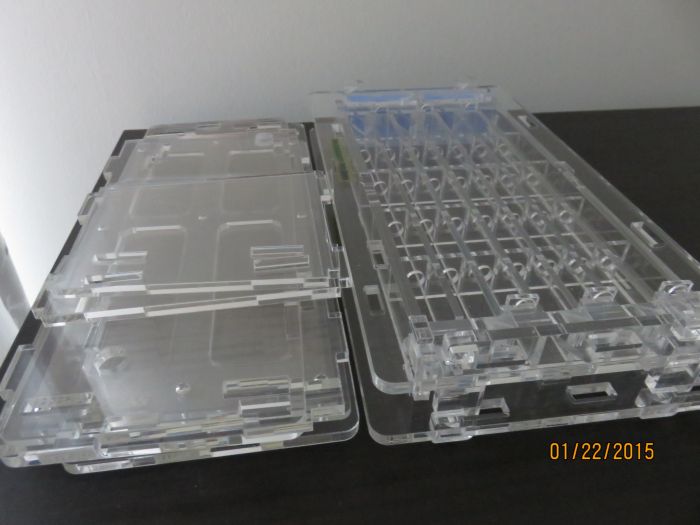

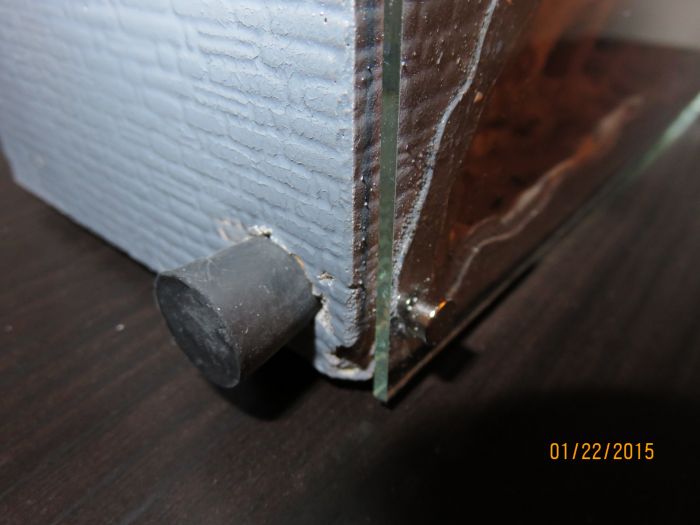










![[Discontinued] Karma's Ant Journals (Camponotus, Formica, Lasius, Manica, Myrmica) - last post by Karma](https://www.formiculture.com/public/style_images/shivana/profile/default_large.png)
